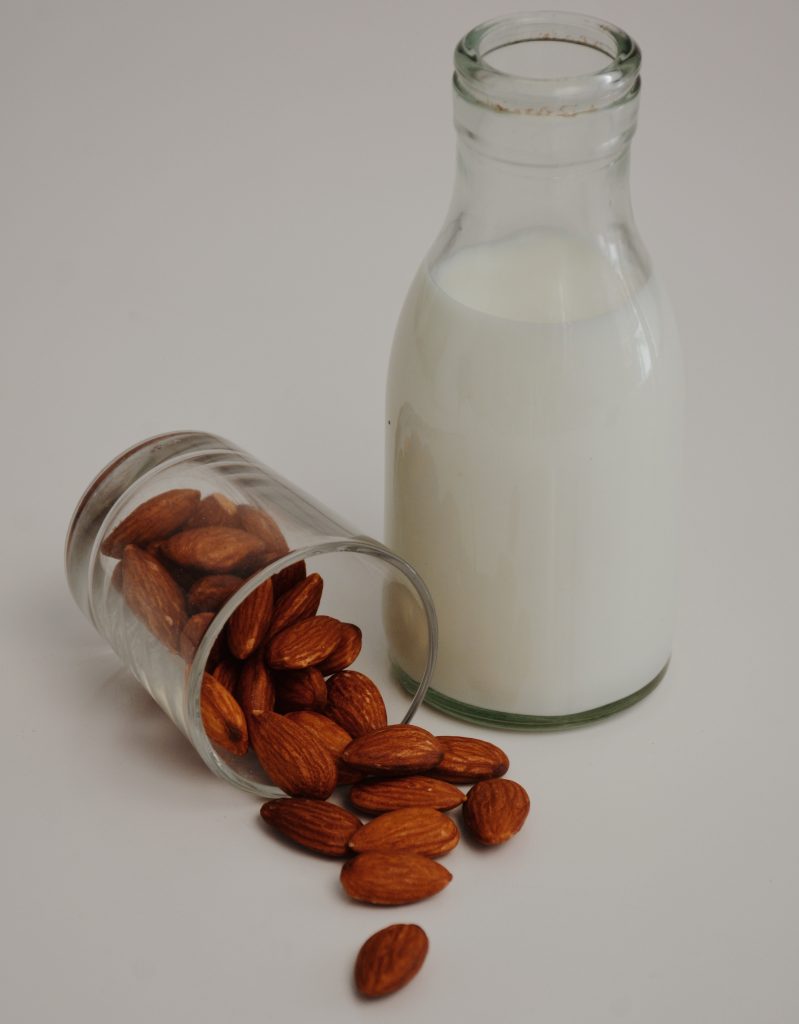It’s becoming more and more common to hear that people are choosing to eat lactose-free products. What kind of products are these? Those that are devoid of milk sugar. Are they actually healthier?
Food intolerances, especially “allergies” to lactose, are a real plague of the 21st century. More and more people suffer when eating dairy products, which manifests itself, among other things, in the form of allergies of all kinds, and thus in the deterioration of health and well-being. Recurring diarrhea, flatulence and stomach pains are only some of the troublesome ailments that can be caused by the consumption of dairy products. Therefore, in order to enjoy full health, it is necessary to follow an elimination diet and replace certain food products with lactose-free alternatives.
What exactly is lactose? Simply put, it is the sugar found in milk. Lactose is less sweet than glucose or sucrose, which are used in our kitchen practice. Interestingly, it can also be obtained artificially – during the production of cheese
However, many people are lactose intolerant. Why? The reasons can be varied, of course. Perversely, one of the most common reasons for this is primary lactase deficiency. This is a hereditary disease and mainly affects adults, and only becomes apparent in adolescence. Lactose intolerance can also be acquired, which is caused by damage to the epithelium and villi of the intestines, which produce this complex sugar. There are also substances (e.g. alcohol, some medications such as aspirin) that irritate the intestinal wall and may cause temporary lactose intolerance.
Regardless of the reason you suffer from lactose intolerance, in order to relieve your body it is necessary, first of all, to limit the intake of this sugar in your diet, and in the case of a severe allergy, to eliminate it completely.

The most common lactose-free product is, of course, milk, but there are also more and more plant-based substitutes of all kinds, such as yellow cheese and lactose-free dairy products from which the lactose has been removed.
An enzyme called lactase is added to traditional cow’s milk. Through this process, the disaccharide, lactose, is broken down into two simple sugars, glucose and galactose, which the body can tolerate.
Calories of products without lactose as well as those with lactose depend on the fat content. For example, in 100 ml of lactose-free 1.5% milk, we have about 45 kcal, in 2% milk about 50 kcal and in 3.2% milk about 60 kcal. This means that lactose-free products are neither more nor less caloric.
Why? Well, lactose is not a sweet sugar – the sweetish aftertaste is produced by its breakdown into glucose and galactose. The advantage of this milk flavor is that when added to coffee, many people already forgo the additional sweetening of traditional sugar.
On the Internet you can find many opinions saying that lactose-free products are healthier counterparts of their classic preparations. According to research by nutritionists, among others, lactose-free products are not healthier than traditional ones. They are simply intended for people who do not tolerate this complex sugar, because they do not cause adverse symptoms or allergic reactions in them.
Yes, such products are not recommended for people who are allergic or intolerant to cow protein. Also, people struggling with diabetes and insulin resistance should not reach for them, because lactose-free products have a higher glycemic index than those containing regular milk.
Read also: 5 superfoods to introduce into your diet today
Main photo: photoguns/ adobestock.com